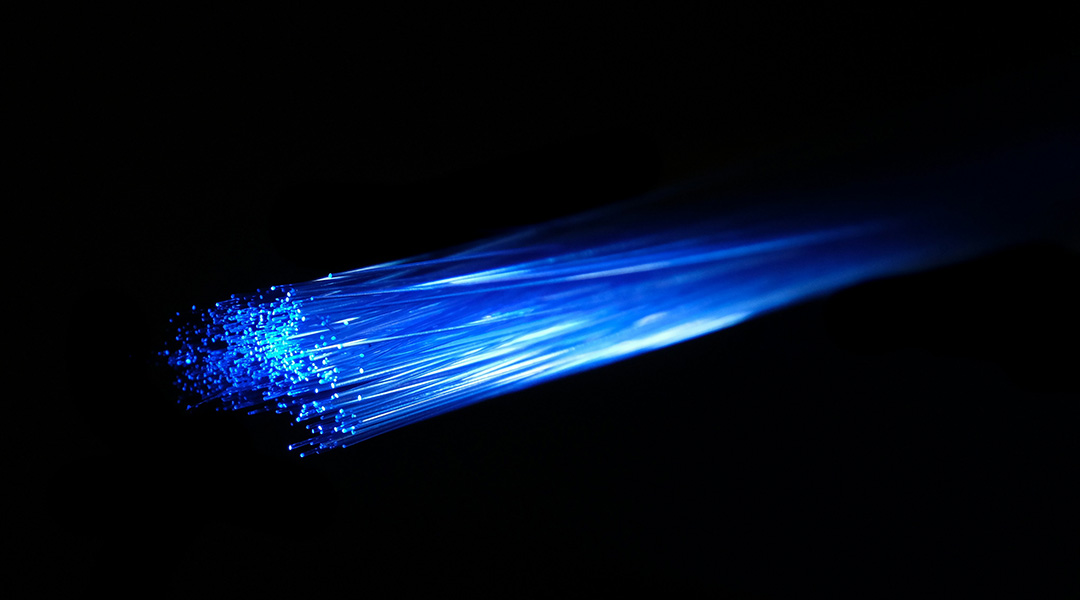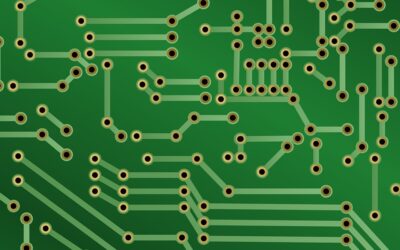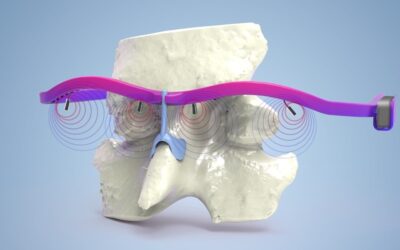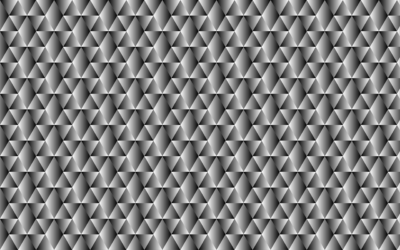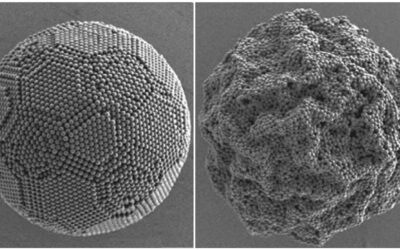To bring quantum communications closer to reality, scientists are exploring a groundbreaking approach: integrating quantum data transmission into existing classical communication networks.
In a recent study, a team led by Prem Kumar at Northwestern University demonstrated that quantum and classical data can coexist on the same fiber optic infrastructure. This breakthrough paves the way for a more practical implementation of quantum communication technology.
Quantum communication is often heralded as the next frontier in data transmission, promising unhackable communications and significantly reduced signal loss. However, deploying a full-scale quantum communication network from scratch would demand vast amounts of time, labor, and financial investment.
“This is incredibly exciting because nobody thought it was possible,” said Kumar in a press release. “Our work shows a path towards next-generation quantum and classical networks sharing a unified fiber optic infrastructure. Basically, it opens the door to pushing quantum communications to the next level.”
What is quantum communication?
In classical communication, data is transmitted using binary signals (0s and 1s) via electrical signals or streams of photons, which are the fundamental particles of light. Fiber optics, which employs photons, has proven to be superior to other methods due to its low signal loss, high bandwidth, and immunity to electromagnetic interference.
Quantum communication, however, utilizes the principles of quantum mechanics, particularly superposition and entanglement, to encode information into individual particles.
Through superposition, photons in quantum communication can exist in multiple states simultaneously, enabling more complex and secure data transmission. Moreover, entanglement links the state of one particle — such as a photon, though many other particles can be used — to another, regardless of the distance between them, offering a foundation for advanced communication protocols.
One of the most significant advantages of quantum communication is security, as the quantum states of particles cannot be measured or intercepted without disturbing the entire system. This means any attempt to eavesdrop would be noticed by the sender and receiver.
Another advantage of quantum communication is its use of entanglement. When two particles are entangled, the state of one particle is directly linked to the state of the other, regardless of the distance between them. This allows information to be transferred without the photon traveling through intermediate media, avoiding the signal degradation that often occurs in long-distance classical communication.
This all sounds promising, but the adoption of quantum communications has been hindered by the need for an entirely new infrastructure.
Fiber optic networks that currently handle classical data traffic require decades of development and billions of dollars in investment. Building a parallel infrastructure dedicated to quantum communication would be prohibitively expensive.
The researchers from Northwestern University, Ciena Corporation, and NuCrypt have tackled this issue by demonstrating that quantum and classical communication can share the same optical fibers.
How did the experiment work?
In their experiment, the researchers successfully transmitted quantum data alongside classical information over 30 kilometers of optical fiber. The setup involved two primary participants, often referred to as Alice (the sender) and Bob (the receiver). Alice encoded quantum information onto a single photon, which was then sent along the fiber. At the same time, Bob generated a pair of entangled photons.
One of Bob’s entangled photons was sent toward Alice, where it met her photon at a specially designed detector located roughly midway between them. This detector performed a joint measurement on the two photons, altering their quantum states in a way that established a quantum link between Alice’s and Bob’s systems.
The detector’s operation ensured that the state of Bob’s second photon, which remained with him, was instantaneously affected by the measurement outcome of the photon pair. This process effectively transferred the quantum information originally encoded by Alice onto Bob’s second photon — an implementation of quantum teleportation.
Addressing interference
One of the challenges the team faced was preventing interference between quantum and classical signals within the same fiber. Classical data channels transmit billions of photons at specific wavelengths. As these photons scatter within the optical fiber, their wavelengths can shift, potentially overlapping with those of the quantum photons traveling through the same fiber, resulting in the corruption of the quantum signal.
The researchers addressed this issue by carefully selecting the wavelength for the photons carrying quantum data, ensuring that the probability (governed by the laws of quantum mechanics) of classical signal photons scattering into this wavelength remained extremely low.
“We carefully studied how light is scattered and placed our photons at a judicial point where that scattering mechanism is minimized,” Kumar said. “We found we could perform quantum communication without interference from the classical channels that are simultaneously present.”
By optimizing the wavelengths, the team ensured that quantum and classical data could travel through the same fiber without disruption. What made the experiment particularly groundbreaking was the ability to conduct this process while simultaneously transmitting high-speed classical data (at 400 Gb/s) through the same fiber optic infrastructure.
Future directions
While this study marks a significant step forward, there is still work to be done before quantum communication becomes a practical reality. One of the immediate goals is to test their approach in real-world optical networks rather than controlled laboratory conditions.
Another key challenge is increasing the range of quantum communication. Transmitting quantum signals over very large distances requires establishing entangled links between multiple participants.
One promising method to achieve this is entanglement swapping. This process is similar to the setup in the current study but involves an additional step: Alice entangles her photon with another, just as Bob does. When the photons sent by Alice and Bob meet at the midpoint and are jointly measured, this measurement entangles the photons remaining in Alice’s and Bob’s locations.
By repeating this process with multiple intermediary points, you can link together many entangled pairs, creating a large-scale quantum network. This network can span long distances, potentially even continents.
Reference: Jordan M. Thomas et al, Quantum teleportation coexisting with classical communications in optical fiber, Optica (2024). DOI: 10.1364/OPTICA.540362
Feature image credit: Compare Fibre on Unsplash

